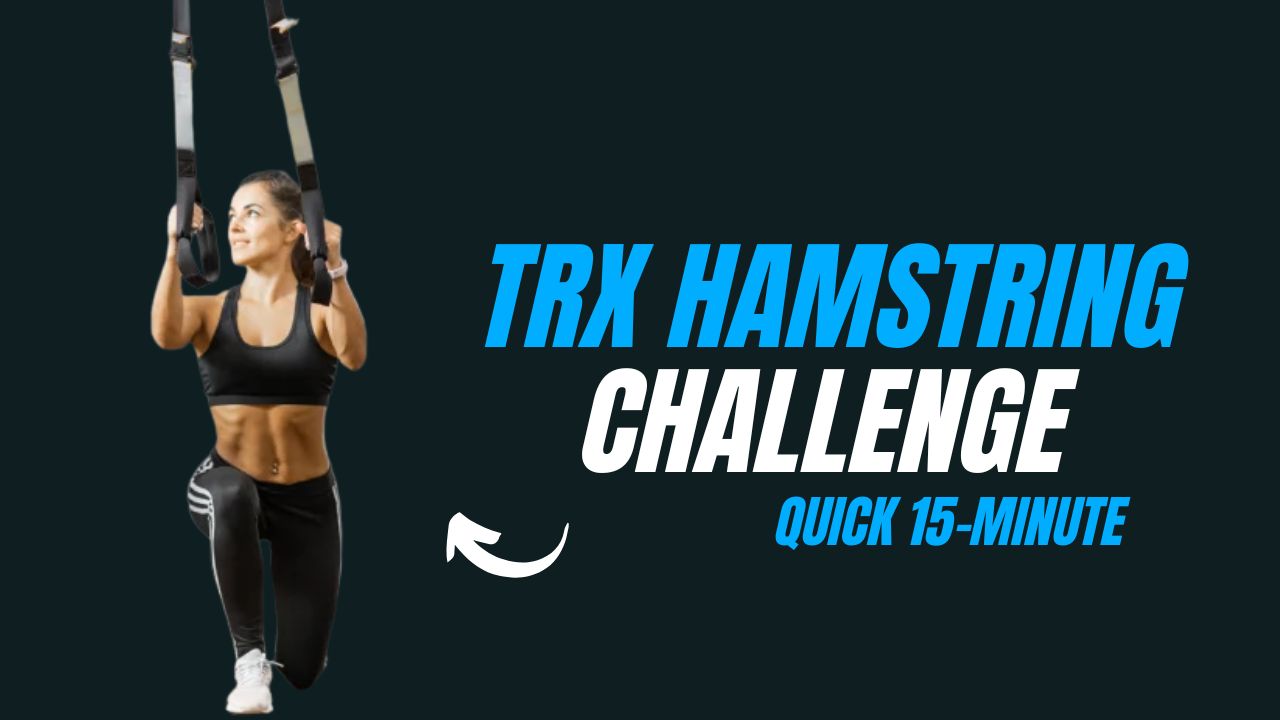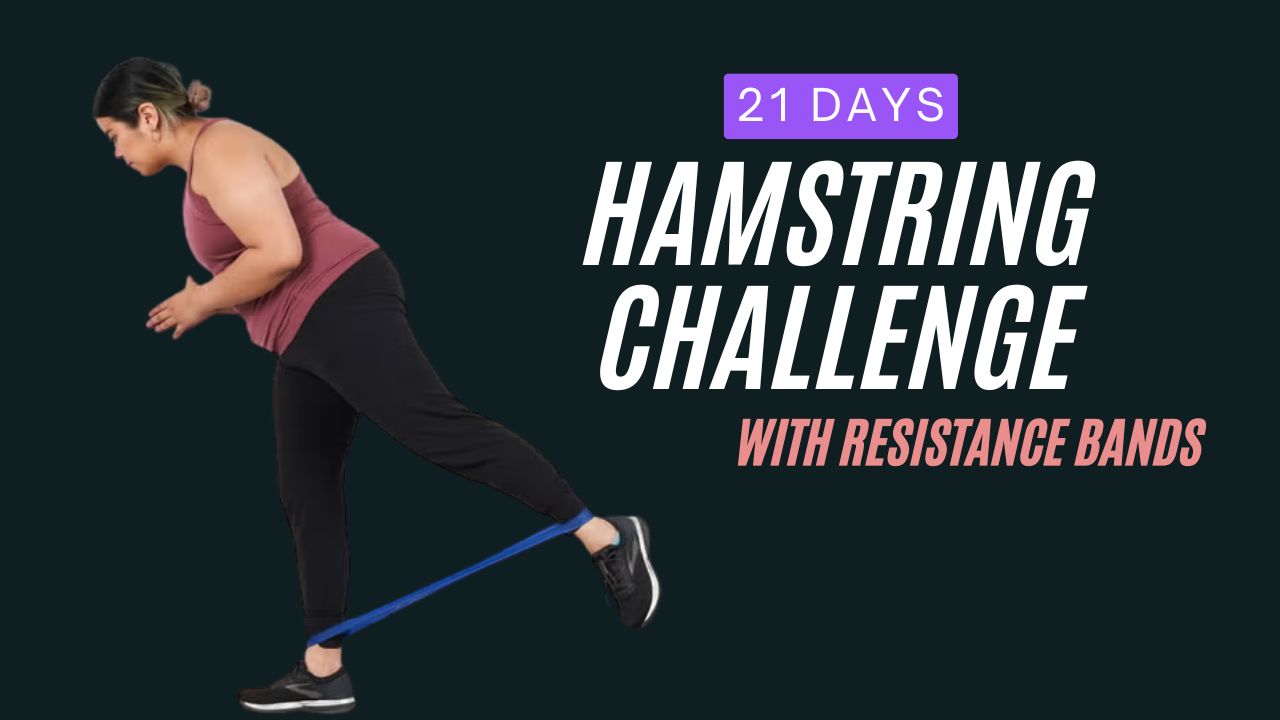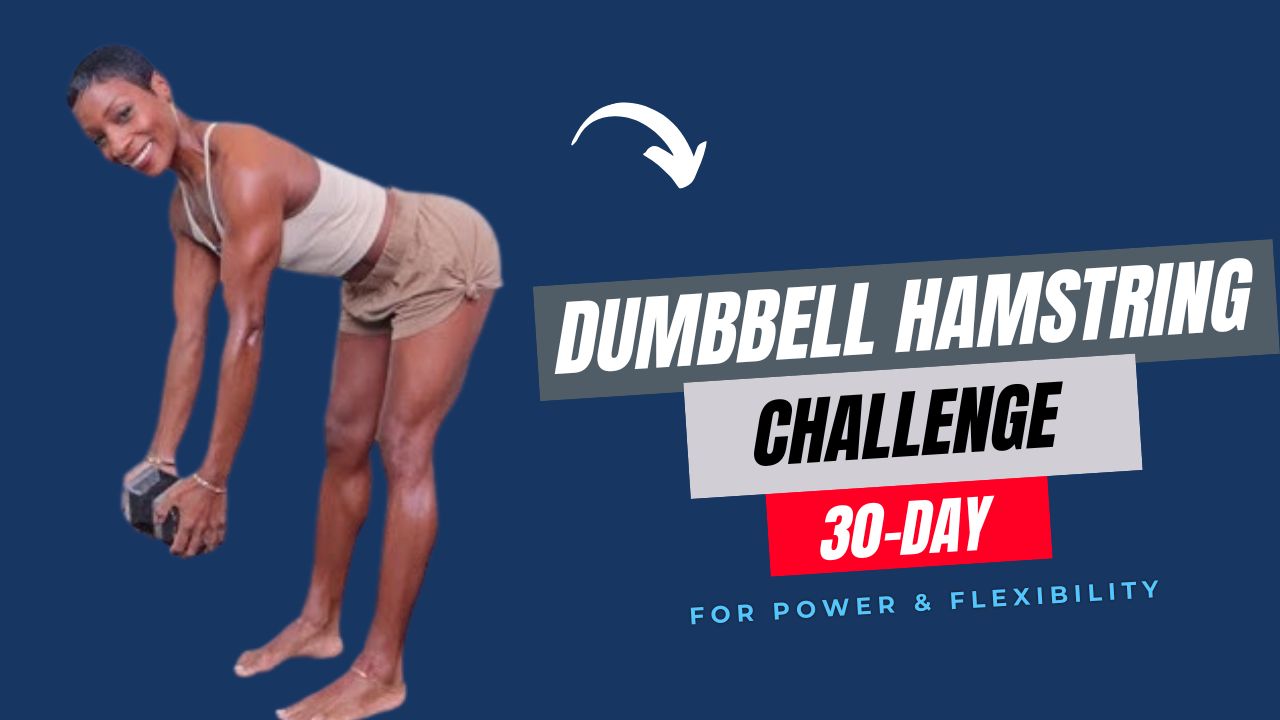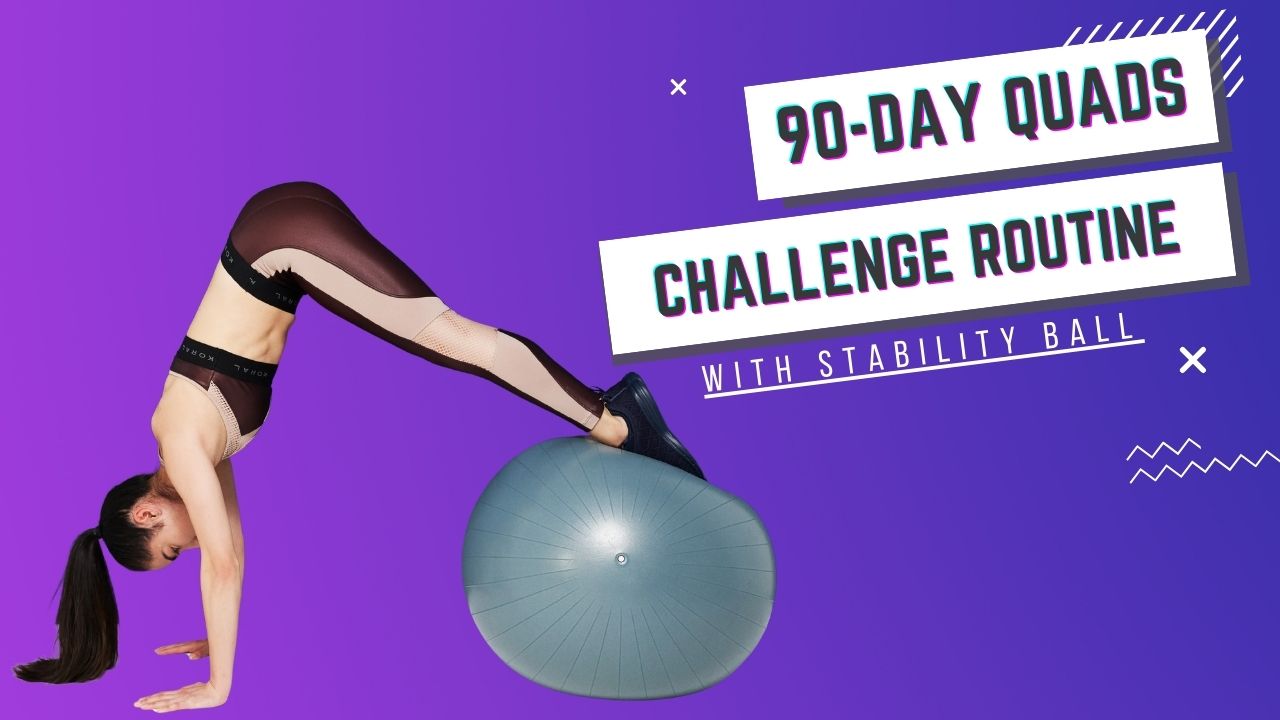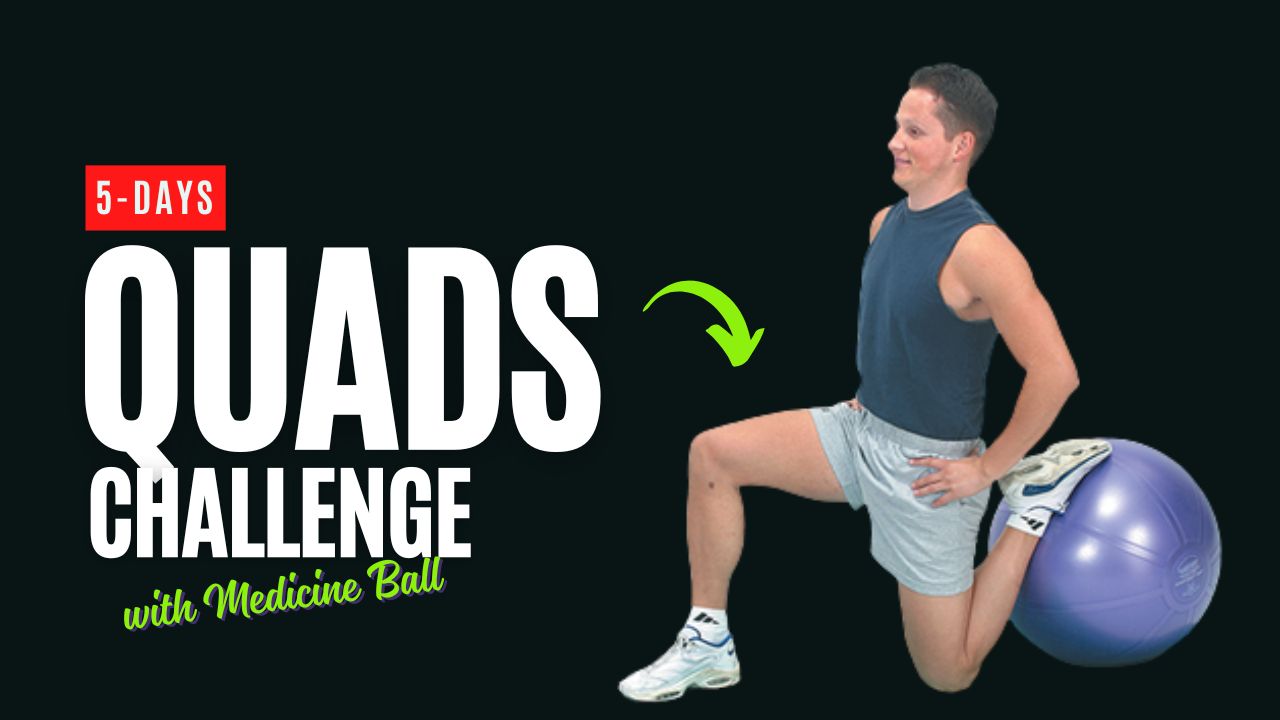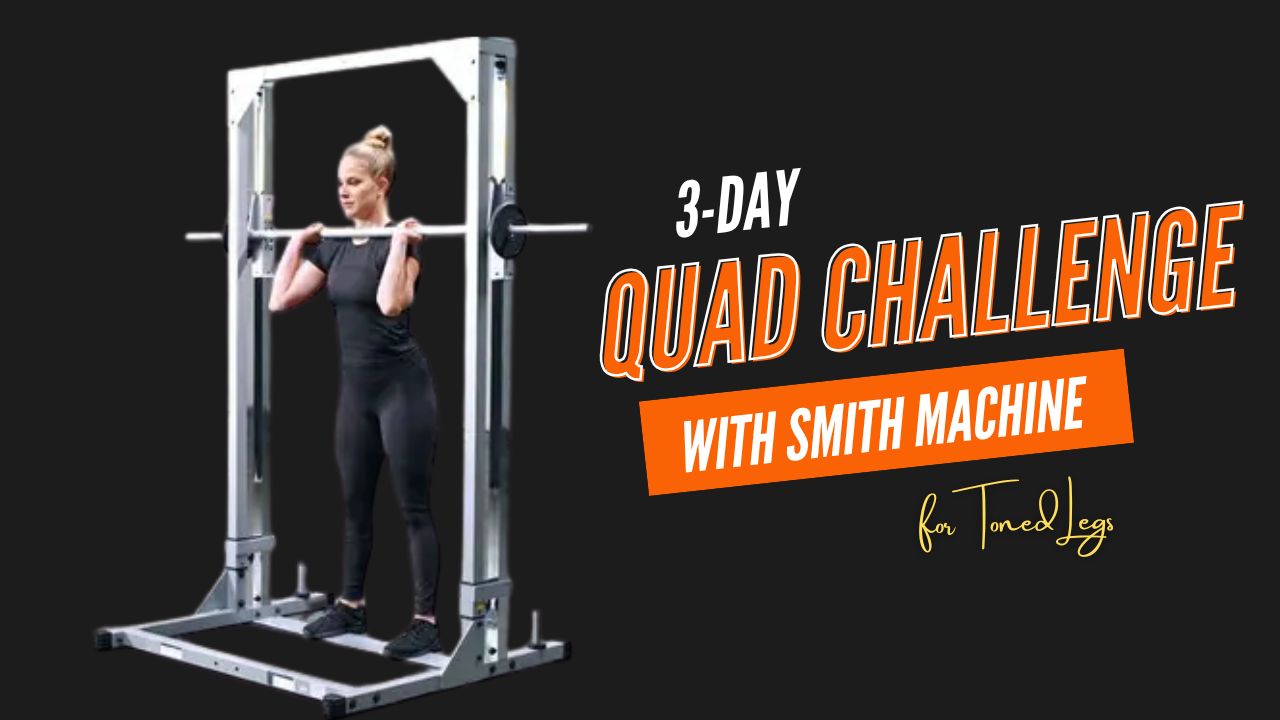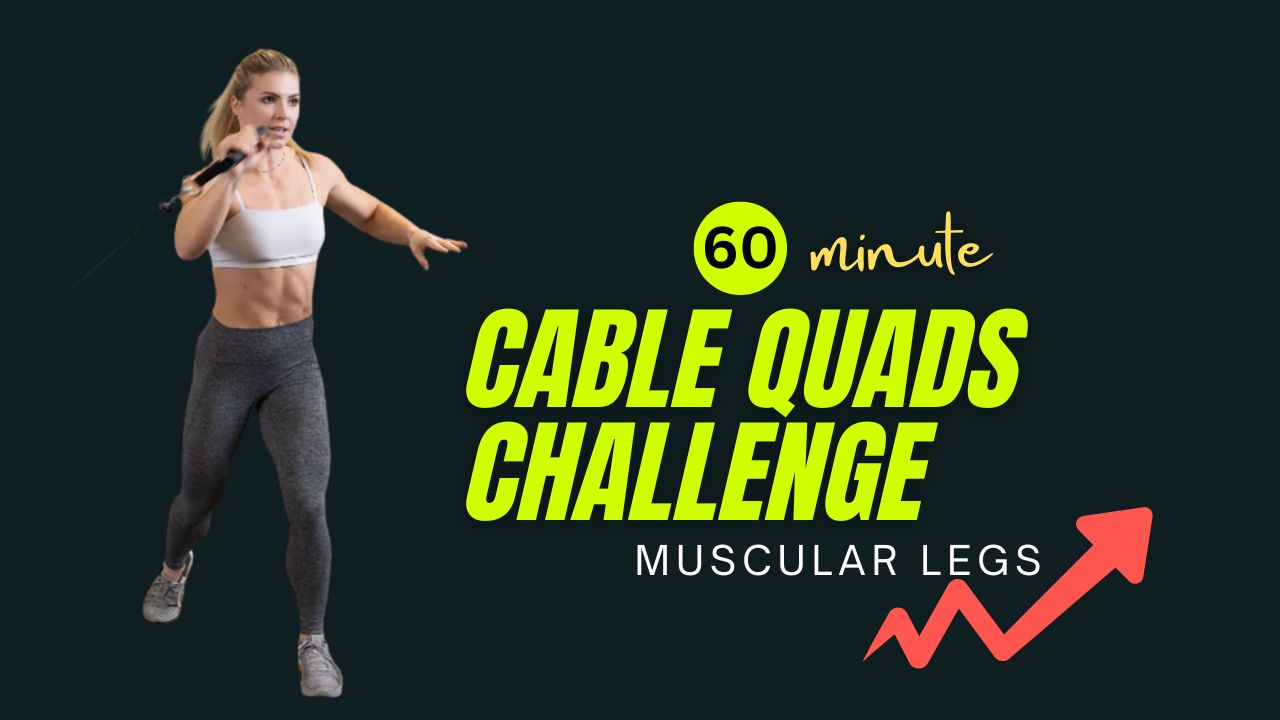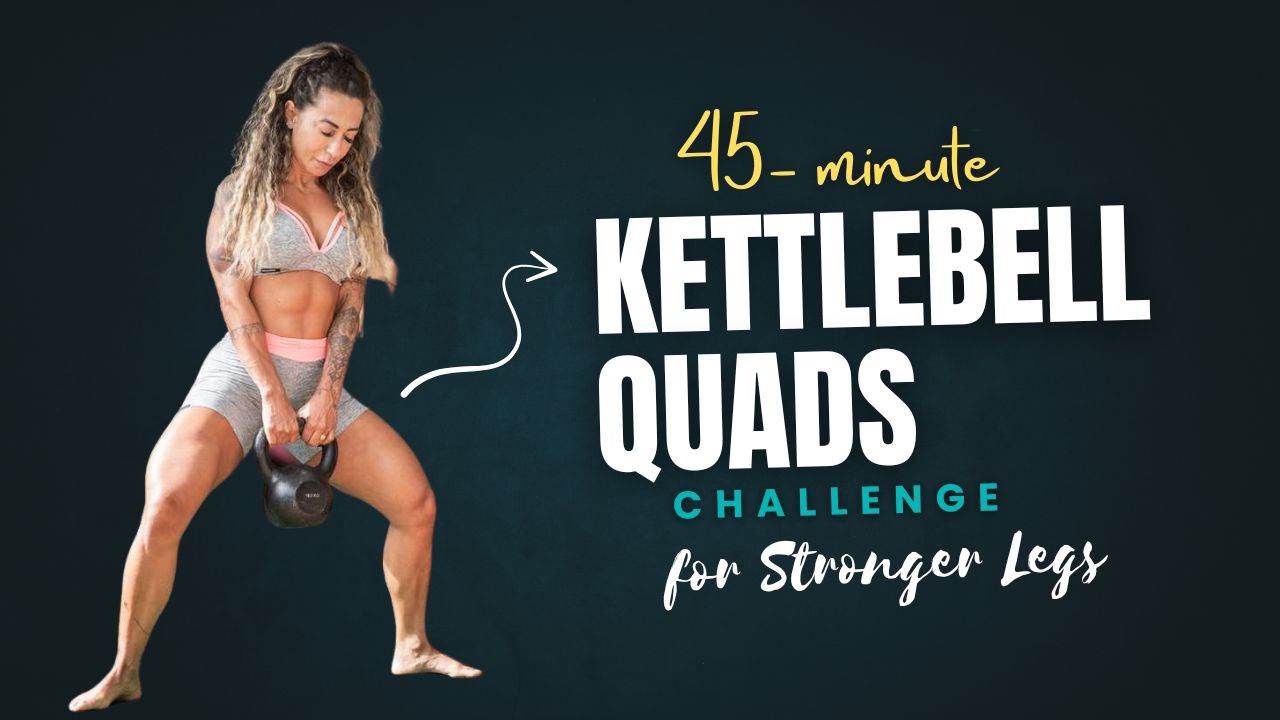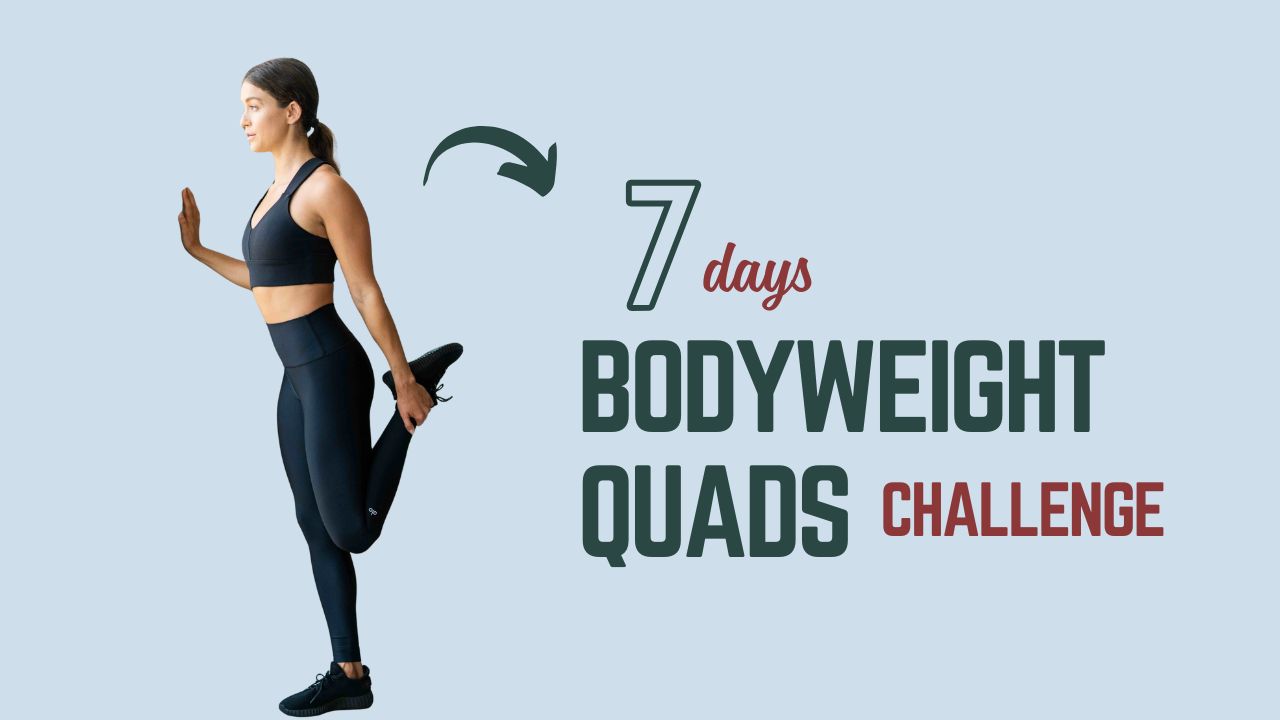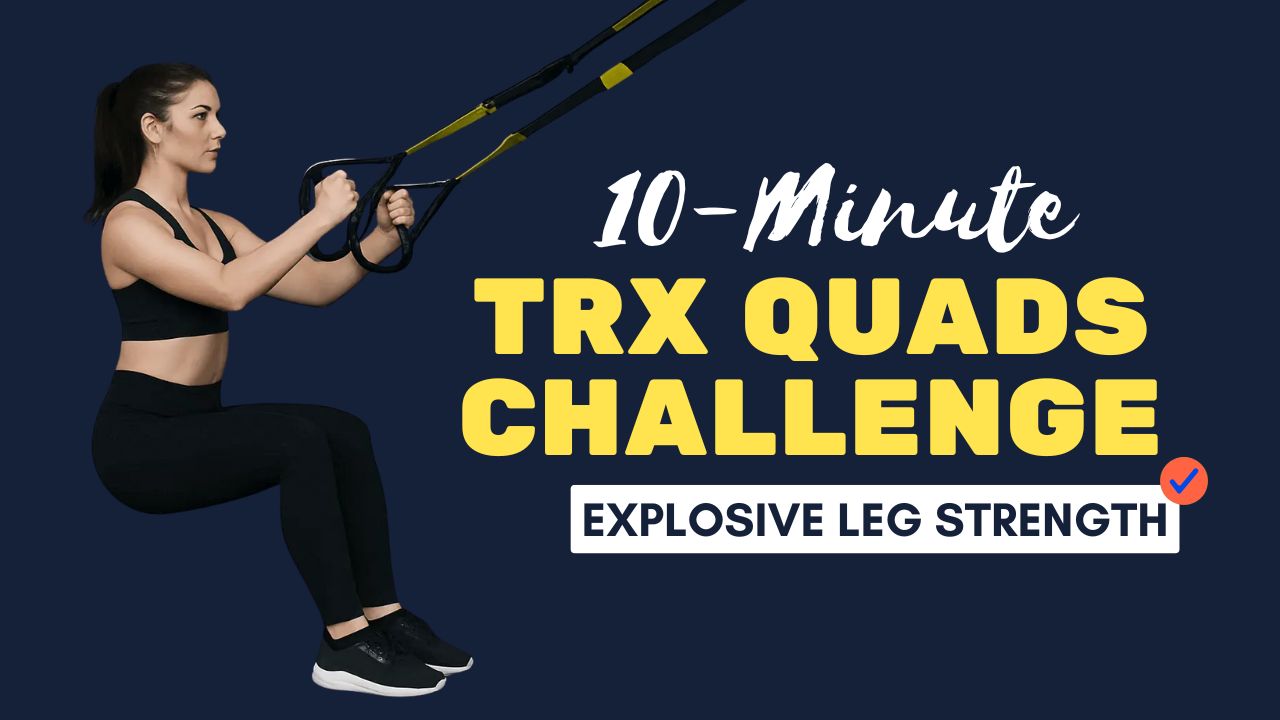When it comes to core training, many people immediately think of crunches, sit-ups, or planks. While these moves have their place, if you want to take your abdominal training to the next level, the stability ball is your secret weapon.
This versatile piece of equipment not only challenges your balance but also forces your core to engage more deeply than standard floor exercises.
Did you know?
Research shows that stability ball workouts recruit more muscle fibers in your abdominals compared to traditional mat-based exercises. That means you’ll be working smarter, not just harder.
This 7-Day Stability Ball Abs Challenge is designed to help you build strength, improve athletic performance, and sculpt a more defined midsection. Whether you’re an athlete, a fitness enthusiast, or just starting your journey, this challenge will push your limits in just one week.
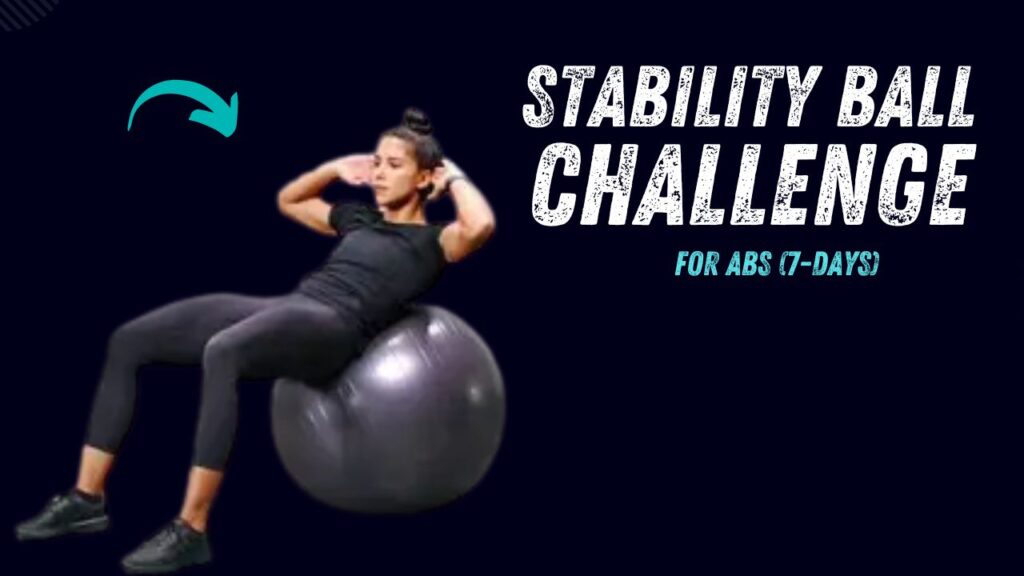
Table of Contents
Why Train Your Abs with a Stability Ball?
- Enhanced Core Engagement: The unstable surface forces your abs, obliques, and lower back muscles to activate more.
- Improved Balance & Coordination: Training on the ball improves body control, translating into better performance in sports and daily movements.
- Spinal Support & Safety: Unlike some floor-based exercises, the ball supports your spine, reducing strain and injury risk.
- Full-Range of Motion: The ball allows deeper stretches and contractions compared to the floor.
Myth Buster:
Many believe that endless crunches will give you a six-pack. In reality, visible abs come from a mix of core strengthening, reduced body fat, and proper nutrition. Stability ball exercises are a great way to train your abs more effectively, but they work best when paired with a balanced lifestyle.
What Can Happen After 30 Days of the Stability Ball Abs Challenge
| Positive Outcomes | Why It Happens |
|---|---|
| Stronger core muscles | Consistent activation of abs, obliques, and stabilizers improves overall strength. |
| Better posture | Strengthened core supports your spine and helps keep shoulders aligned. |
| Improved balance & coordination | Training on an unstable surface sharpens neuromuscular control. |
| Increased endurance | Daily repetitions build core stamina, reducing fatigue in workouts and sports. |
| Enhanced athletic performance | Stronger core translates to more power in running, lifting, and agility-based activities. |
| Reduced risk of back pain | Strengthening and stabilizing the lower back muscles supports spinal health. |
| Visible core definition (with proper diet) | Pairing exercise with a clean diet can lower body fat, making abs more noticeable. |
| Higher confidence & consistency | Completing a 30-day program builds discipline and motivation to continue. |
Do’s & Don’ts for the 7-Day Stability Ball Abs Challenge
| Do’s | Don’ts |
|---|---|
| Warm up for 5 minutes before starting the challenge. | Don’t skip warm-ups or cool-downs, as it may increase injury risk. |
| Maintain slow and controlled movements for better muscle activation. | Don’t rush through the exercises just to finish quickly. |
| Keep your core engaged and spine neutral during every exercise. | Don’t let your lower back arch excessively during crunches or rollouts. |
| Choose the correct ball size based on your height for proper alignment. | Don’t use a ball that is too big or too small, as it affects balance and form. |
| Progress gradually—add reps or time only when you’re ready. | Don’t push beyond your limit on Day 1, as it may cause strain. |
| Stay consistent for all 7 days to see noticeable improvements. | Don’t expect visible abs in a week—focus on strength and performance first. |
| Pair the challenge with proper nutrition and hydration. | Don’t rely on exercise alone for fat loss or ab definition. |
The 7 Stability Ball Exercises
Below you’ll find the seven exercises included in this challenge. Each exercise comes with a brief description and a step-by-step “How To” guide to ensure you perform them correctly.
1. Stability Ball Crunch
Description:
A classic ab move taken up a notch. Performing crunches on a stability ball gives your abs a deeper contraction and stretch compared to the floor.
How To:
- Sit on the stability ball and slowly walk your feet forward until your lower back is resting on the ball.
- Keep feet flat and knees bent at 90 degrees.
- Place your hands lightly behind your head for support.
- Engage your core and lift your shoulders upward, crunching towards your hips.
- Slowly lower back down, maintaining control.
2. Stability Ball Plank
Description:
Planks are a powerhouse for core strength. Adding the ball creates instability, forcing your abs and stabilizers to work harder.
How To:
- Place your forearms on top of the stability ball and extend your legs behind you.
- Keep your body in a straight line from head to heels.
- Engage your core, glutes, and shoulders to stay balanced.
- Hold the position without letting your hips drop or rise.
3. Stability Ball Pike
Description:
A challenging move that targets the lower abs while also building total-body control.
How To:
- Begin in a plank position with your shins on the ball and hands on the floor.
- Tighten your core and slowly lift your hips upward, rolling the ball towards your chest.
- Your body should form an inverted “V”.
- Lower back to plank position with control.
4. Stability Ball Russian Twist
Description:
A powerful exercise for the obliques, helping to carve out definition along the sides of your waist.
How To:
- Sit on the ball and walk your feet forward until your upper back is supported.
- Keep your knees bent and feet planted.
- Extend your arms straight up toward the ceiling.
- Rotate your torso slowly to the right, then back to center, then to the left.
- Move with control—avoid swinging your arms.
5. Stability Ball Rollout
Description:
Similar to an ab wheel rollout, this exercise strengthens your core and challenges stability through an extended range of motion.
How To:
- Kneel on the floor with the ball in front of you.
- Place your forearms on the ball and keep your body upright.
- Slowly roll the ball forward, extending your arms while engaging your abs.
- Stop before your lower back arches.
- Roll back to the starting position with control.
6. Stability Ball Knee Tucks
Description:
This move targets the lower abs and hip flexors, perfect for building strength and stability.
How To:
- Start in a plank position with your shins resting on the ball and hands on the ground.
- Pull your knees towards your chest, rolling the ball forward.
- Keep your core tight throughout.
- Slowly extend your legs back to plank position.
7. Stability Ball Side Plank
Description:
An advanced variation of the plank that emphasizes the obliques and improves side-body strength.
How To:
- Lie on your side with your forearm on the stability ball.
- Stack your feet one on top of the other.
- Lift your hips off the ground, forming a straight line.
- Engage your obliques to hold the position.
- Switch sides after the set.
The 7-Day Stability Ball Abs Challenge Routine
Now that you know the exercises, here’s the structured plan. Each day introduces a mix of movements to target different angles of your core. Perform the routine once daily for 7 days. Rest as needed between exercises (30–60 seconds).
Workout Duration & Challenge Structure
- Warm-Up: 5 minutes (dynamic stretches, light cardio)
- Workout Time: 15–20 minutes per session
- Cool-Down: 5 minutes (gentle stretches, focus on core and lower back)
Challenge Routine (Table Format)
| Day | Exercise | Sets | Reps/Duration |
|---|---|---|---|
| 1 | Stability Ball Crunch | 3 | 12–15 reps |
| Stability Ball Plank | 3 | Hold 30–40 sec | |
| Stability Ball Rollout | 3 | 8–10 reps | |
| 2 | Stability Ball Pike | 3 | 10 reps |
| Stability Ball Russian Twist | 3 | 12 reps per side | |
| Stability Ball Side Plank | 3 | Hold 20–30 sec each side | |
| 3 | Stability Ball Knee Tucks | 3 | 12 reps |
| Stability Ball Crunch | 3 | 15 reps | |
| Stability Ball Plank | 3 | Hold 40 sec | |
| 4 | Stability Ball Rollout | 3 | 10 reps |
| Stability Ball Pike | 3 | 8 reps | |
| Stability Ball Russian Twist | 3 | 12 reps per side | |
| 5 | Stability Ball Side Plank | 3 | 30 sec per side |
| Stability Ball Knee Tucks | 3 | 12 reps | |
| Stability Ball Crunch | 3 | 15 reps | |
| 6 | Stability Ball Plank | 3 | Hold 45 sec |
| Stability Ball Rollout | 3 | 10 reps | |
| Stability Ball Pike | 3 | 10 reps | |
| 7 | Full Routine (All 7 Exercises) | 2 | 8–12 reps each / 30–45 sec holds |
Additional Tips for Success
- Consistency is key: Stick to the plan daily for best results.
- Focus on form: Quality reps are better than rushing through.
- Pair with proper nutrition: Abs are built in the gym but revealed in the kitchen.
- Progression: As you get stronger, increase reps or time under tension.
Interesting Fact:
The stability ball was originally invented in the 1960s for physical therapy in Switzerland. Today, it’s a global fitness staple for building strength, flexibility, and balance.
Conclusion
Building core strength doesn’t have to mean doing endless crunches or sticking to the same old routine.
With just one piece of equipment—the stability ball—you can activate deeper muscle groups, improve posture, and unlock better athletic performance. This 7-Day Stability Ball Abs Challenge is your kickstart to a stronger, more functional core.
But the journey doesn’t end here. After you’ve completed the first week, you can continue the challenge by:
- Extending the routine into a 14-day program, gradually increasing reps or hold times.
- Adding weighted variations (like holding a dumbbell during Russian twists).
- Incorporating more advanced moves such as ball stir-the-pot, stability ball V-ups, or jackknives.
- Mixing this abs challenge with full-body stability ball workouts to enhance overall strength and coordination.
Think of this 7-day challenge as your foundation. Once mastered, keep progressing by testing new exercises and pushing your limits.
With consistency, you’ll not only sculpt a defined midsection but also gain the stability, balance, and power that translate into every aspect of your fitness journey.
Frequently Asked Questions (FAQs)
Can beginners do this 7-Day Stability Ball Abs Challenge?
Yes. The exercises are beginner-friendly, but if you’re completely new to fitness, start with fewer sets and shorter hold times, then gradually progress as your core strength improves.
How long should each workout take?
Each session lasts around 15–20 minutes, including short rests between sets. With warm-up and cool-down, expect 25–30 minutes total.
Do I need a specific type of stability ball?
Choose a ball that matches your height. For most people, a 55 cm ball works well if you’re under 5’5″, a 65 cm ball if you’re between 5’6″–6’0″, and a 75 cm ball if you’re taller. The right size ensures correct form and balance.
Will this challenge give me visible abs in 7 days?
Not immediately. Visible abs depend on body fat percentage, diet, and overall training consistency. What you will notice in 7 days is improved core activation, better stability, and stronger abdominal endurance.
Can I repeat the challenge after finishing the 7 days?
Absolutely. You can repeat it as often as you’d like. For continued progress, increase reps, extend plank hold times, or add advanced stability ball exercises to keep your core challenged.
Do I need other equipment besides the stability ball?
No. The stability ball alone is enough for this challenge. However, if you want to intensify the workouts later, you can add light dumbbells or resistance bands.
Is it safe for people with back pain?
The stability ball can actually provide support for the spine, making it safer than traditional ab exercises. However, if you have chronic or severe back issues, it’s best to consult a doctor or physiotherapist before starting.
Can I combine this challenge with other workouts?
Yes. This routine pairs well with full-body strength training, cardio, or mobility sessions. Just make sure not to overtrain your core—1 session a day is enough.
What should I eat during the challenge to see results?
Focus on a balanced diet rich in lean protein, whole grains, vegetables, and healthy fats. Staying hydrated and maintaining a calorie balance is key for reducing body fat and revealing ab definition.
How do I know if I’m doing the exercises correctly?
Pay attention to your posture and core engagement. Your lower back should not arch excessively, and your movements should be slow and controlled. If possible, use a mirror or record yourself to check your form.
